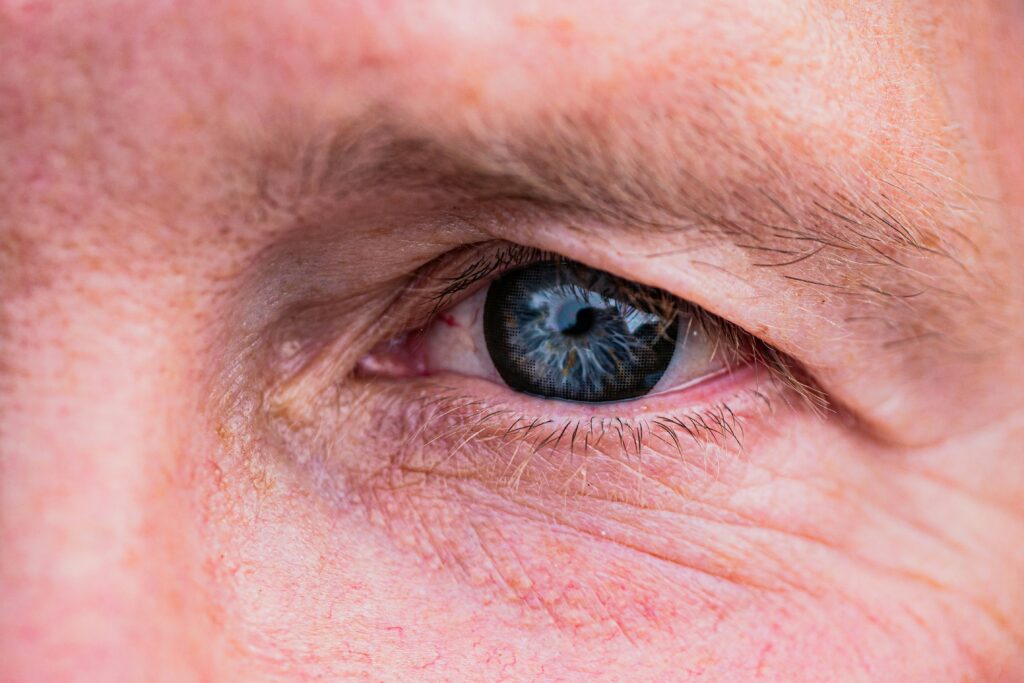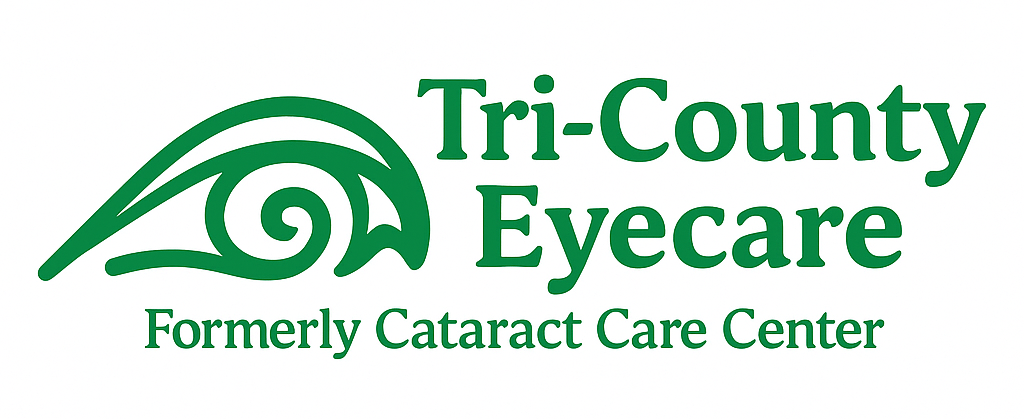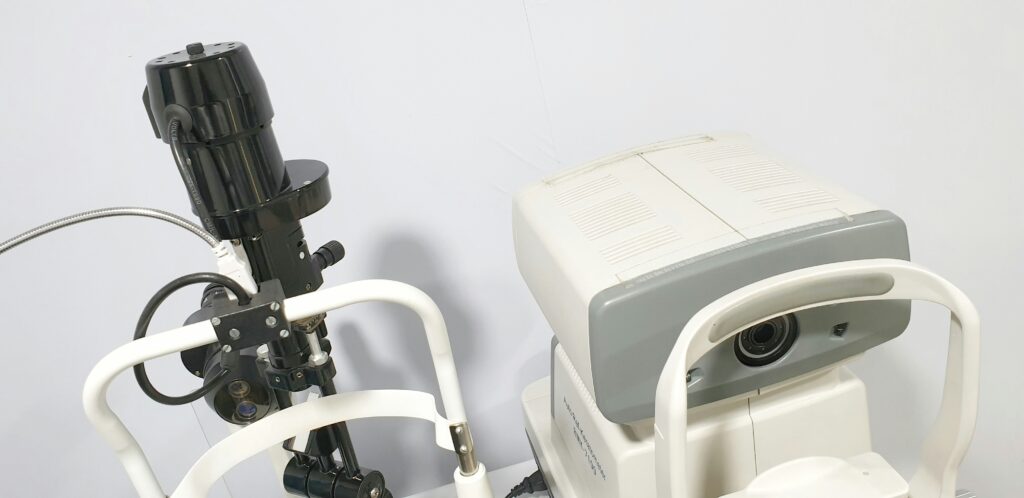While there is usually no cure for glaucoma, there are treatment options available to slow the progression of the disease. The most common and simplest treatment for glaucoma is prescription eye drops.
Selective laser trabeculoplasty (SLT): One of the most advanced treatments for glaucoma, frequently used before drops, instead of drops or to replace drops. SLT uses a laser to target drainage tissue, improving drainage and lowering IOP in one to three months. The effects of SLT typically last up to five years before additional treatments are needed.
Eye Drops: designed to lower intraocular pressure. If eye drops are not able to slow progression, there are several more invasive treatments available, including:
Canaloplasty: A minimally invasive procedure, canoloplasty uses a microcatheter (or tube) to enlarge the main drainage canal of the eye so that it drains excess fluid, preventing buildup and reducing eye pressure.
Viscocanalostomy: A minimally invasive procedure, viscocanalostomy uses a microcatheter (or tube) to enlarge the main drainage canal of the eye so that it drains excess fluid, preventing buildup and reducing eye pressure. This procedure may actually cure glaucoma in many cases. It was developed by Dr Kearney.
Filtering microsurgery: This procedure is typically used when the patient’s eye pressure remains high despite medication or laser surgery. During filtering microsurgery, a small drainage hole in the sclera (the white part of the eye) is made to assist in fluid drainage, lowering the high intraocular pressure and preventing optic nerve damage.
Tube shunts: Silicone drainage devices are inserted in the anterior chamber of the eye. The shunt collects and drains excess fluid out of the eye, relieving fluid buildup that causes high IOP.


